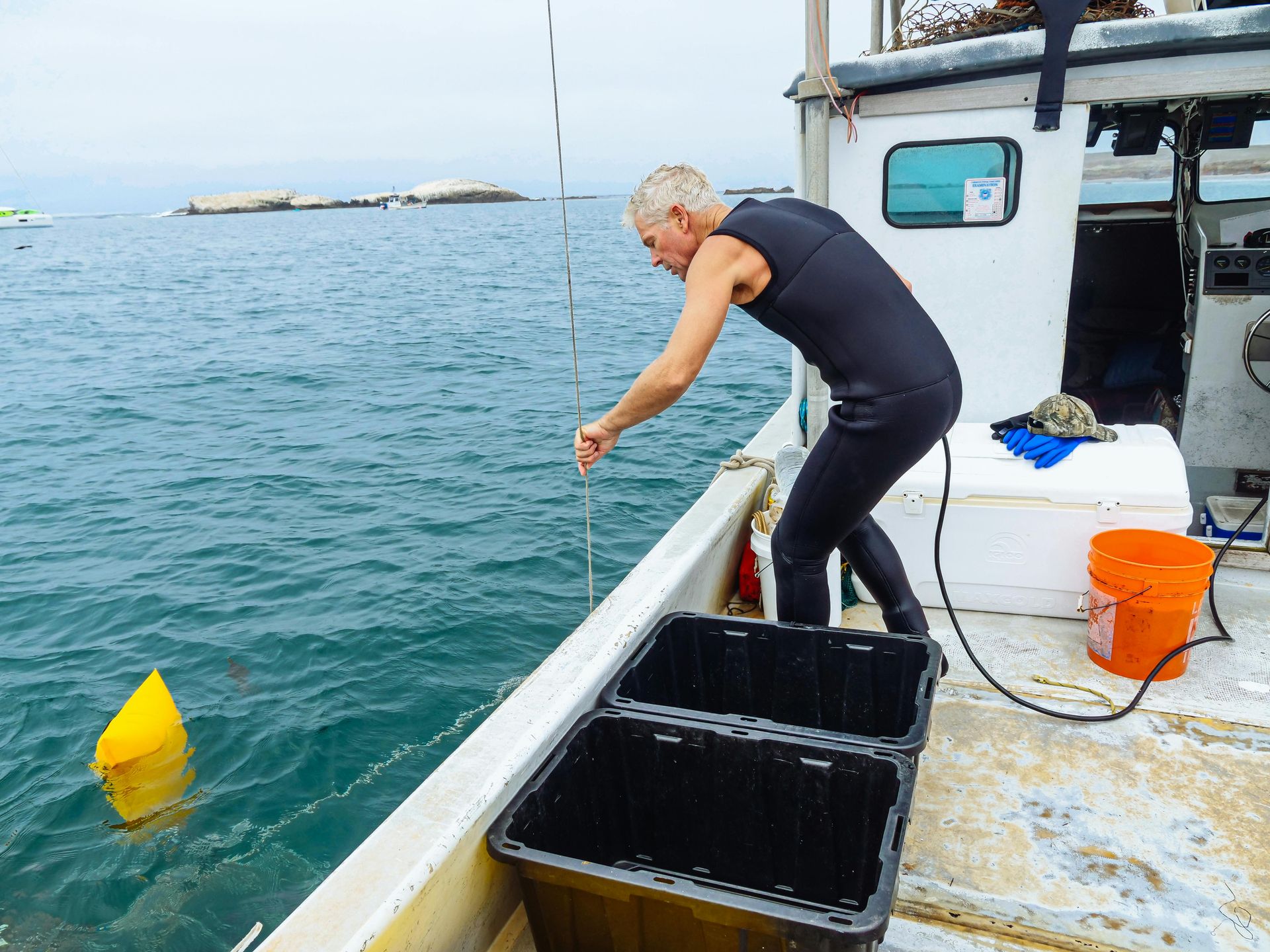Adams & Associates - Learn with Us
Climate Change vs Your Coverage: What Hawaii Business Owners Need to Know Before It's Too Late
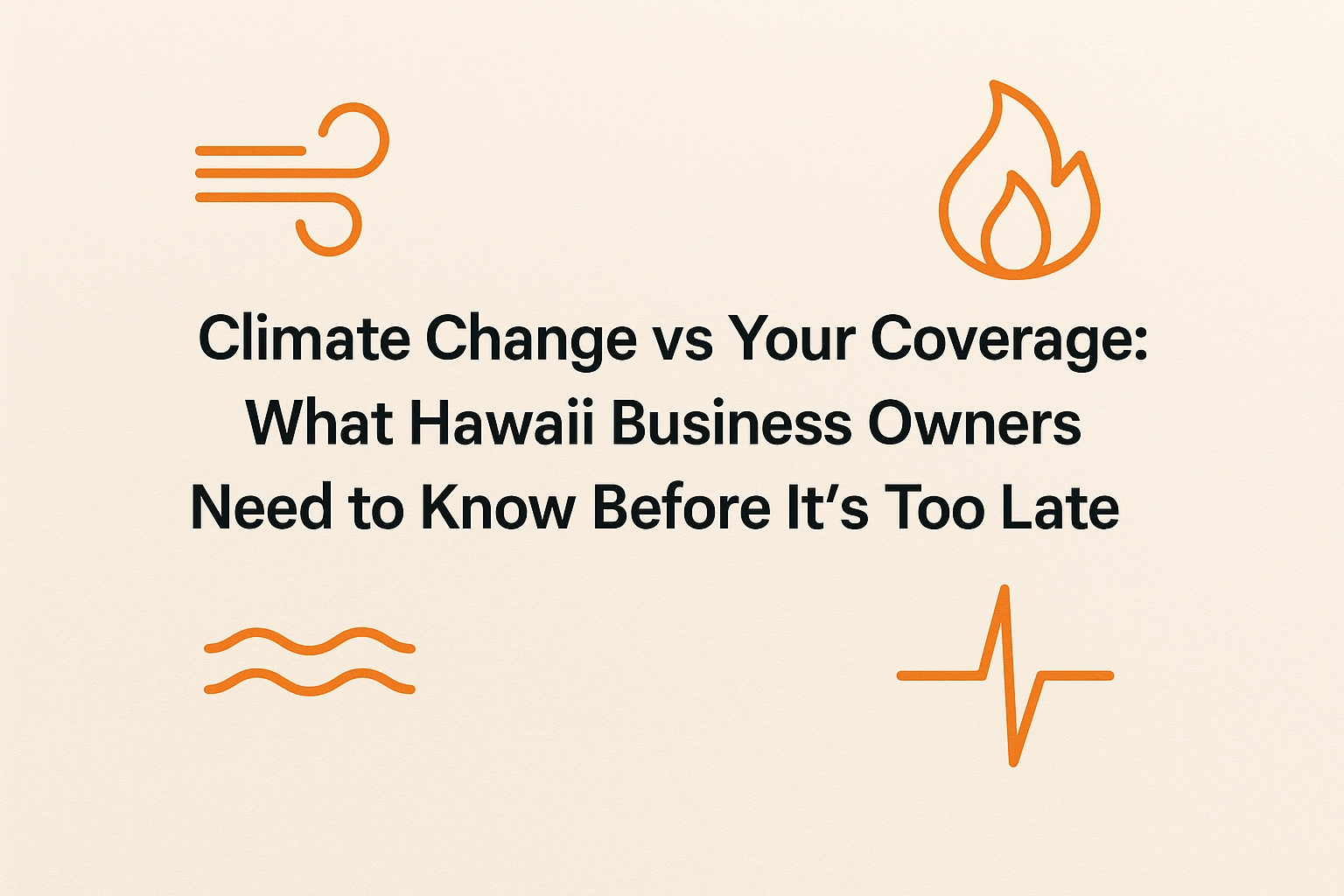
Hawaii's beautiful islands are facing a harsh reality. Climate change isn't just a future concern anymore: it's happening right now, and it's hitting business owners where it hurts most: their insurance coverage and costs.
If you're a business owner in Hawaii, you've probably already felt the pinch. Maybe your insurance rates went up dramatically this year. Maybe your carrier dropped you entirely. You're not alone, and you're not imagining things.
The Insurance Crisis Is Real
The numbers tell the story clearly. After the devastating 2023 Maui wildfires, some Hawaii property owners saw their insurance premiums spike by up to 1,000%. That's not a typo: some businesses are paying ten times more for coverage than they did just two years ago.
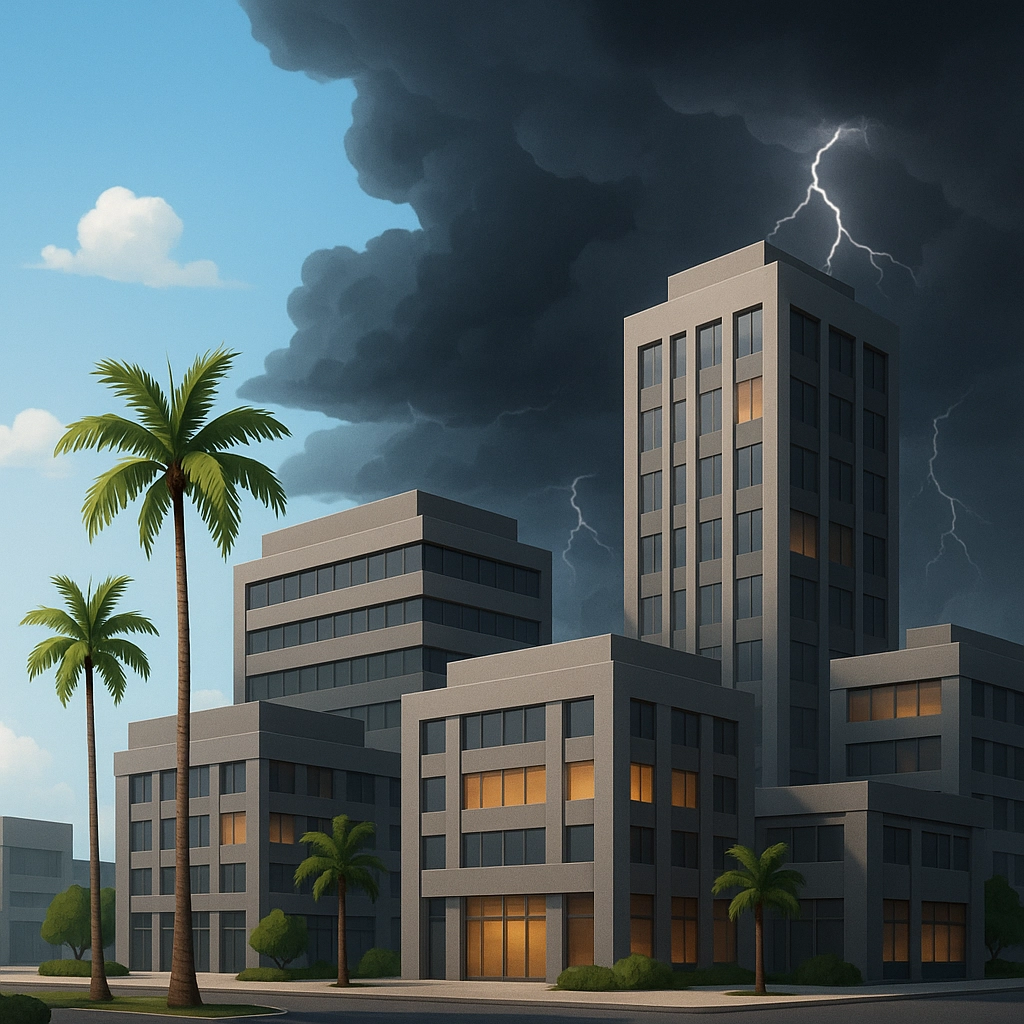
Insurance companies are making tough decisions. They're looking at Hawaii's increasing wildfire risk, more intense hurricanes, rising sea levels, and frequent flooding. Many have decided the risk is too high. Some are refusing to write new policies. Others are dropping existing customers when policies come up for renewal.
This creates a domino effect. Banks typically require insurance to approve business loans. No insurance means no financing. No financing means businesses can't expand, relocate, or even survive major repairs after a disaster.
What Changed Everything
Climate change has made Hawaii's natural risks more frequent and severe. Here's what business owners are dealing with:
• Wildfires are spreading faster and burning hotter
than before
• Hurricane seasons are lasting longer
with stronger storms
• Sea levels are rising, increasing flood risks in coastal areas
• Heavy rainfall events
are becoming more intense and unpredictable
Insurance companies base their rates on risk. When risks increase dramatically, so do premiums. Some risks have become so severe that certain areas are nearly uninsurable at any price.
Hawaii lawmakers recognized this crisis. They passed legislation making Hawaii the first state to officially say that fossil fuel companies should help pay for rising insurance costs. While this won't solve the immediate problem, it shows how seriously the state takes this issue.
Your Business Is at Risk
Every business in Hawaii faces some level of climate risk. Here are the most common threats:
Fire Damage
Even businesses nowhere near forests can be affected by wildfire smoke, power outages, and evacuation orders. Tourism businesses suffer when visitors stay away due to fire risks.
Storm Damage
High winds can damage roofs, break windows, and knock out power for days. Flooding from heavy rains can destroy inventory and equipment.
Supply Chain Disruptions
When disasters hit Hawaii or your suppliers elsewhere, getting materials and products becomes difficult and expensive.
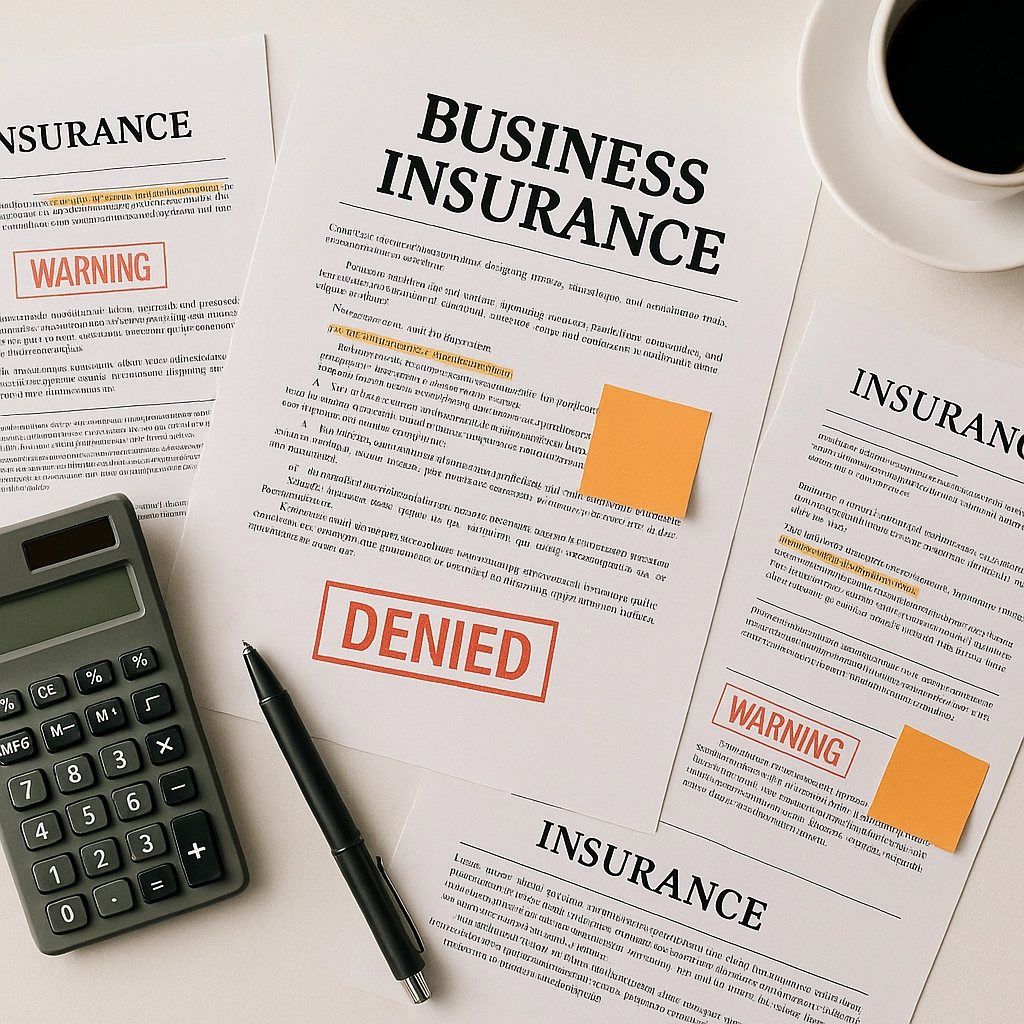
Business Interruption
Even if your building survives a disaster, you might not be able to operate due to power outages, road closures, or staff shortages.
What to Look for in Your Current Policy
Take out your insurance policy and check these key areas:
Coverage Limits
Are your coverage amounts enough to rebuild and replace everything at today's prices? Construction costs have increased significantly in recent years.
Deductibles
Many policies now have percentage deductibles for wind and storm damage. A 5% deductible on a $1 million policy means you pay the first $50,000 out of pocket.
Exclusions
Read the fine print. Some policies exclude flood damage, requiring separate flood insurance. Others may exclude certain types of wind damage or have waiting periods for new coverage.
Business Interruption Coverage
This pays for lost income when you can't operate. Make sure the coverage period is long enough: some disasters can keep businesses closed for months.
Practical Steps You Can Take Now
Don't wait for the next disaster to strike. Here's what successful Hawaii business owners are doing:
Document Everything
Create a detailed inventory of your equipment, inventory, and property. Take photos and videos. Store copies off-site or in cloud storage.
Review Your Coverage Annually
Don't just renew automatically. Reach out to your agent to review your policy each year. Your business may have grown or changed in ways that affect your coverage, your agent needs to know when things change.
Consider Risk Reduction
Installing storm shutters, updating electrical systems, or improving drainage can sometimes qualify you for insurance discounts. Even small improvements can help.
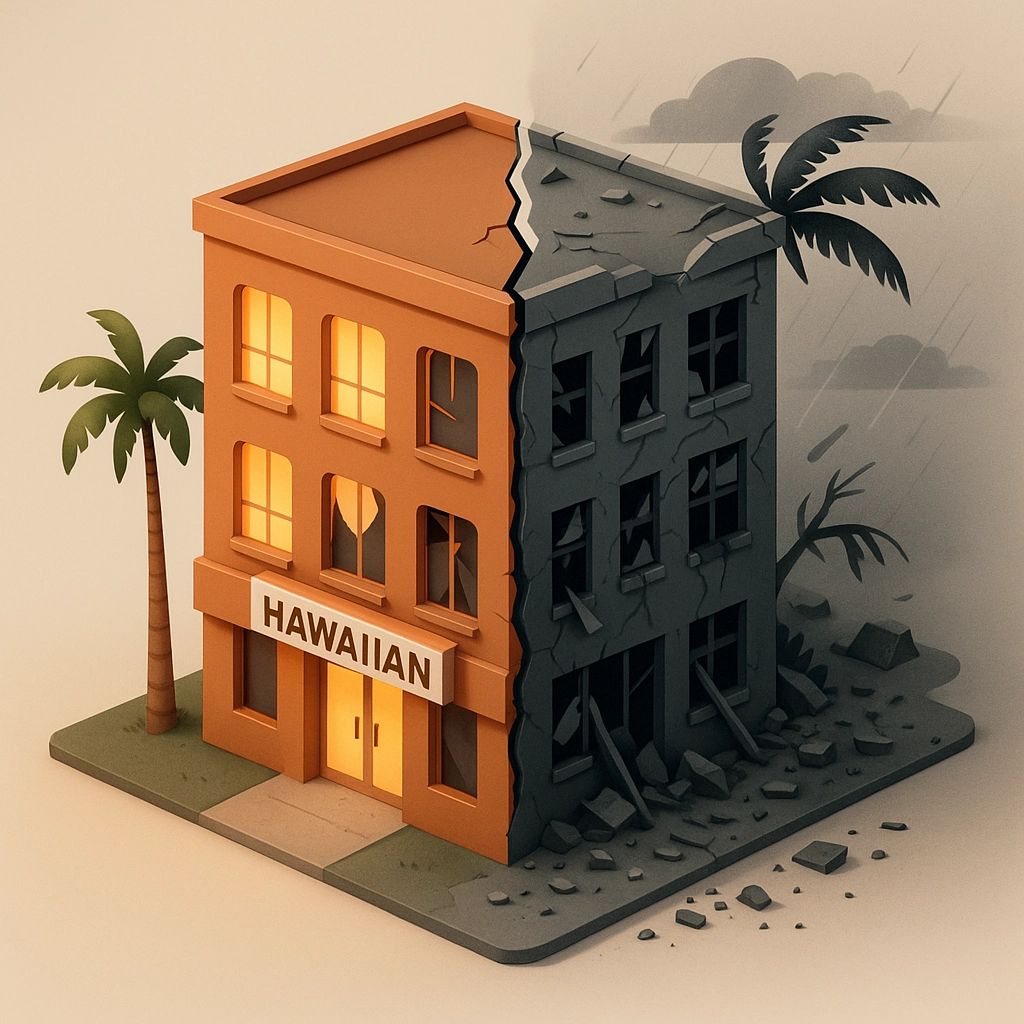
Develop a Business Continuity Plan
Plan how you'll communicate with employees, customers, and suppliers during a disaster. Identify backup suppliers and alternative work locations.
Build an Emergency Fund
Insurance deductibles are getting higher. Having cash available for immediate repairs and expenses can keep your business running while waiting for insurance payments.
Working with Insurance Professionals
The insurance market changes quickly. Working with an experienced agent who understands Hawaii's unique risks is more important than ever.
Look for an agent who:
• Represents multiple insurance companies
• Has experience with Hawaii businesses
• Stays current on market changes
• Explains coverage options clearly
• Responds quickly to questions
Don't shop on price alone. The cheapest policy might leave you with major gaps in coverage when you need it most.
What's Coming Next
Hawaii's insurance market will continue evolving. New state legislation aims to hold fossil fuel companies financially responsible for climate damages, but this won't take effect until 2050.
In the meantime, expect:
• Continued rate increases
• Stricter underwriting requirements
• More focus on risk mitigation
• New insurance products designed for climate risks
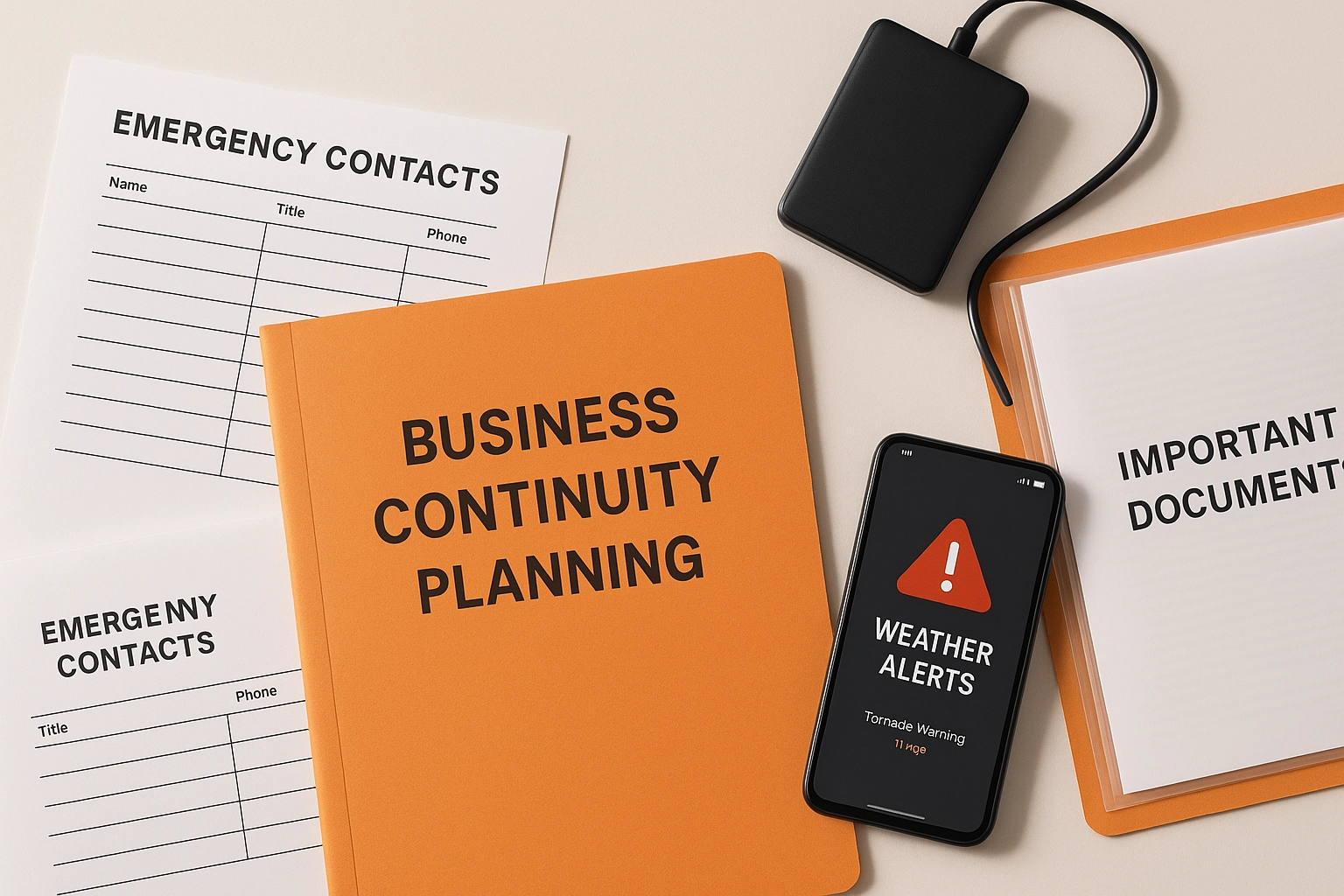
Some businesses are finding creative solutions. They're joining together to purchase group coverage, investing in stronger buildings, or relocating to lower-risk areas.
The Bottom Line
Climate change isn't waiting, and neither should you. The businesses that survive and thrive will be those that take action now.
Start by understanding your current risks and coverage. Then work with professionals to fill any gaps. The cost of proper insurance might seem high, but it's nothing compared to the cost of being underinsured when disaster strikes.
Questions? Don't try to navigate this alone. Hawaii's insurance landscape is complex and changing rapidly. Get professional help to make sure your business is properly protected.
Your business represents years of hard work and investment. Take the time now to protect it properly. The next big storm or fire won't wait for you to figure things out.
The good news is that solutions exist. With the right coverage and preparation, your business can weather whatever climate change brings to Hawaii's shores.
Ready to review your business insurance coverage? Contact Adams & Associates to discuss your specific needs and get a comprehensive quote that protects your Hawaii business from climate risks.






